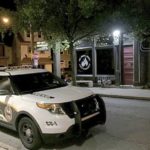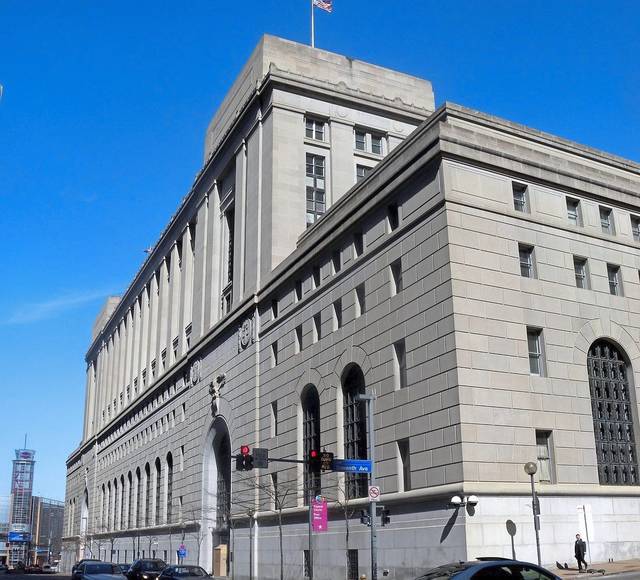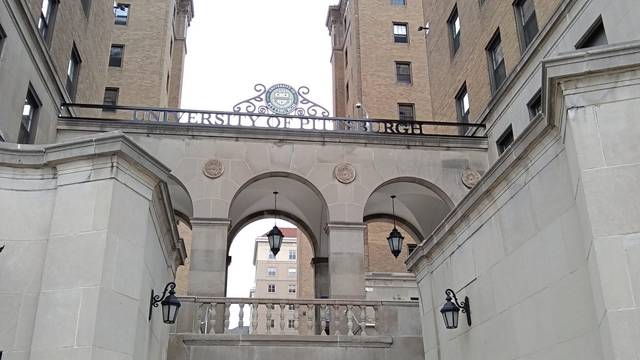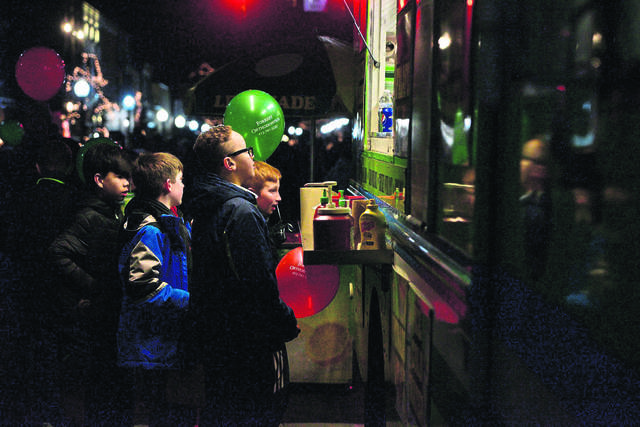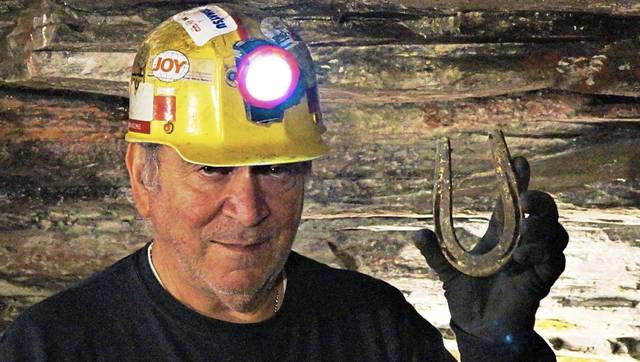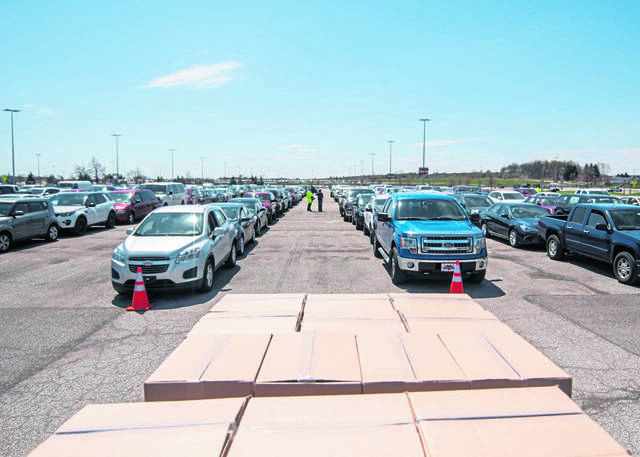An annual report from Pittsburgh police shows a continuing racial disparity among the people they arrest, pull over and frisk.
The total number of arrests, traffic stops and frisks has dropped in recent years, but African-Americans continue to experience numbers disproportional to their population in the city.
A consent decree in 1997 required that officers undergo cultural diversity training and begin tracking traffic stops in an effort to promote more equitable policing. The decree was an agreement between the city and the federal government and a way to avoid civil litigation related to allegations of civil rights violations.
Pittsburgh’s black population has ranged between 23% and 27% for at least two decades, according to data from the U.S. Census. The city is about two-thirds white.
While the overall number of arrests dropped by 26% after remaining steady between 12,000 and 14,000 for years, the disparity between the number of white and black individuals arrested widened. Pittsburgh police arrested 9,992 people in 2018, 60% of whom were black, according to the report. About 36% of those arrested were white. Black men between 19 and 29 years old had the highest number of arrests – 1,745, or about 17% of the total arrests last year.
In 2017, African-Americans made up 54.69% of all arrests, a percentage more than double their population in Pittsburgh. The bureau’s 2016 report did not offer exact numbers for that year, but in 2015 black individuals made up 54% of all arrests.
Elizabeth Pittinger, executive director of the Citizens Police Review Board, said the numbers seem skewed.
“It appears to be an imbalance in the (police) actions in contrast to the overall demographics of the city,” she said.
But David Harris, a law professor at the University of Pittsburgh and host of the podcast “Criminal Injustice,” said comparing census proportions to arrest and stop proportions isn’t always the best benchmark. The number to look at, he said, is the percentage of black individuals arrested or stopped versus the percentage of white individuals arrested or stopped.
While the percentage of arrests for black individuals appears disproportionate when compared to the population, he said, variables such as where police are more likely to be deployed and where there are more calls for service have to be considered.
“Some will argue that this is about blacks committing more crime, therefore police arrest more of them,” Harris said. “But you cannot tell that from this data.”
He said if more police are present in neighborhoods with a higher black populations, and looking for suspicious activity in those areas, they’ll see more infractions that call for arrests. He said it’s called the lamppost phenomenon: “If you look for something under the light of the lamppost because that’s where it’s easiest to see things … that’s where you’ll find more (or) most of it.
“It’s not necessarily because there’s more of it there than there is elsewhere,” he said. “Arrest stats measure the police behavior of arrest. They are not a measure of criminal activity, even though it is logical to expect them to coincide.”
Police Chief Scott Schubert said all arrests, stops and frisks are based on violations of law. Biased policing, he said, is against department policy.
Percentages were similar for the 1,265 frisk searches conducted by Pittsburgh police officers last year: 66.8% of people frisked were African-American, and 31.15% were white. The department only began publishing data on frisks in 2017, when 63.45% of the 3,453 people frisked by police were black.
More white drivers were pulled over in 2018 than black drivers, but the percentages still don’t line up with the city’s demographics: Of 20,495 traffic stops last year, 41% of drivers were black and 52% were white.
Public Safety spokesman Chris Togneri pointed to a number of initiatives he said combat bias in policing, including body-worn cameras that officers must turn on during encounters with the public. He said the entire bureau, except for undercover officers, will be equipped with the cameras by the end of the year.





